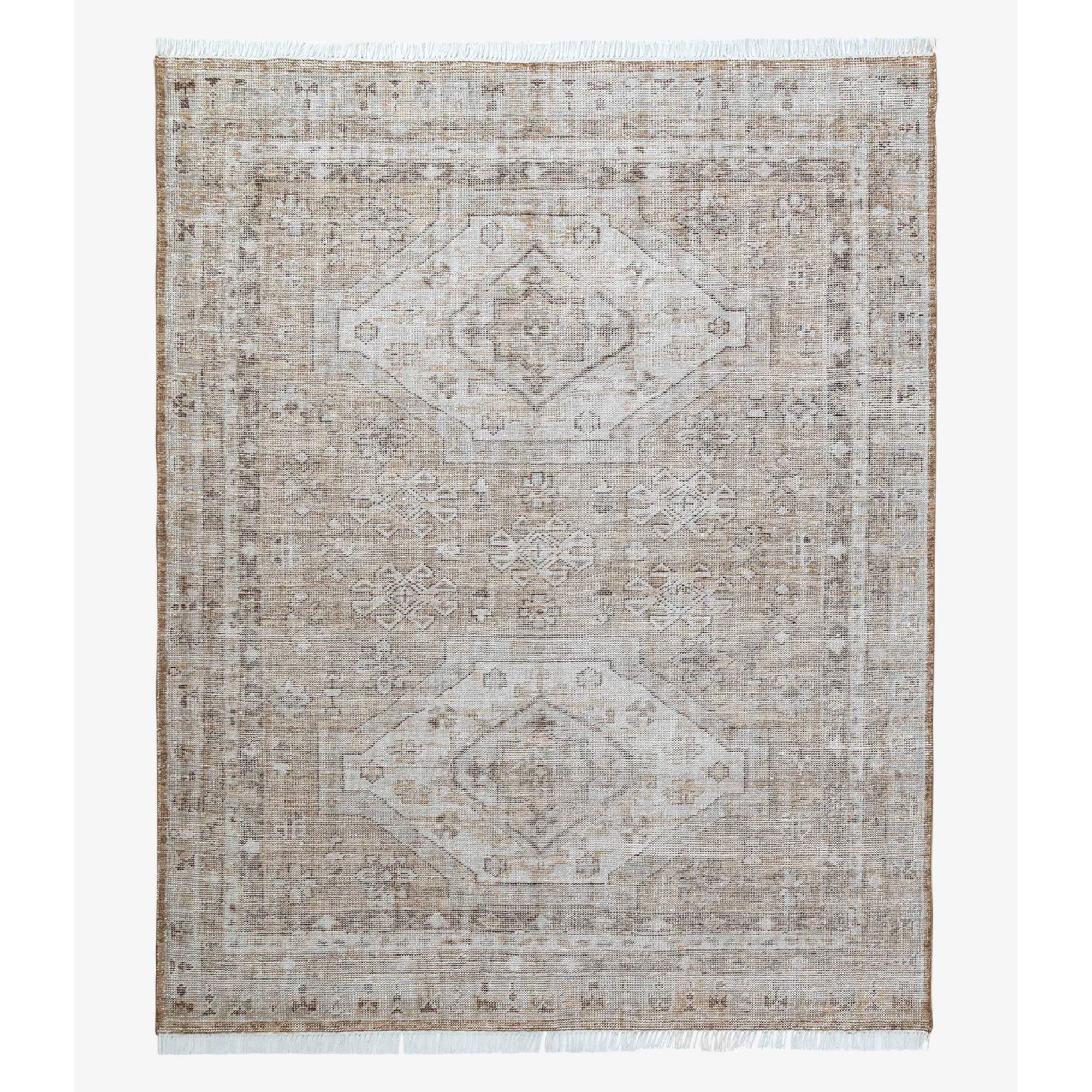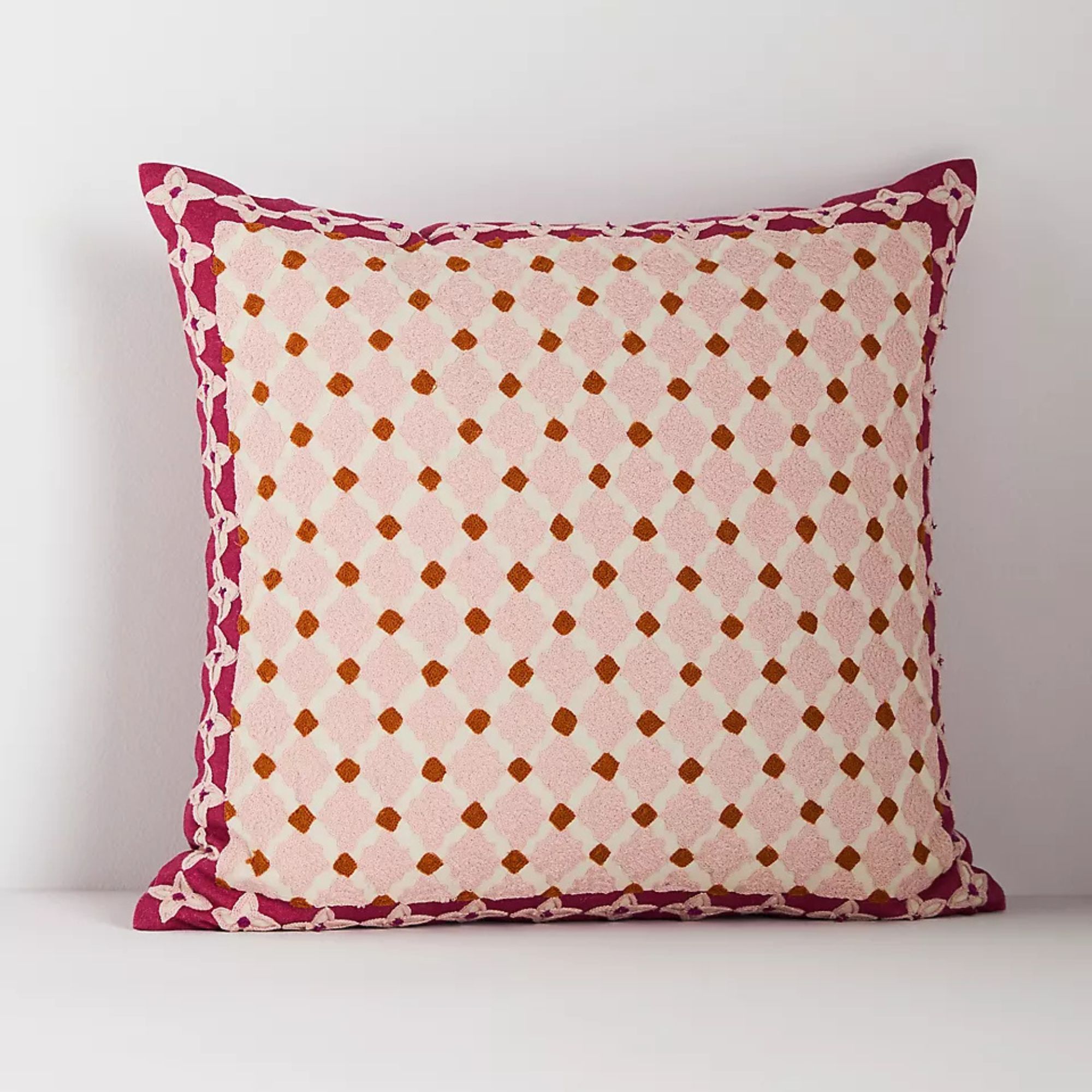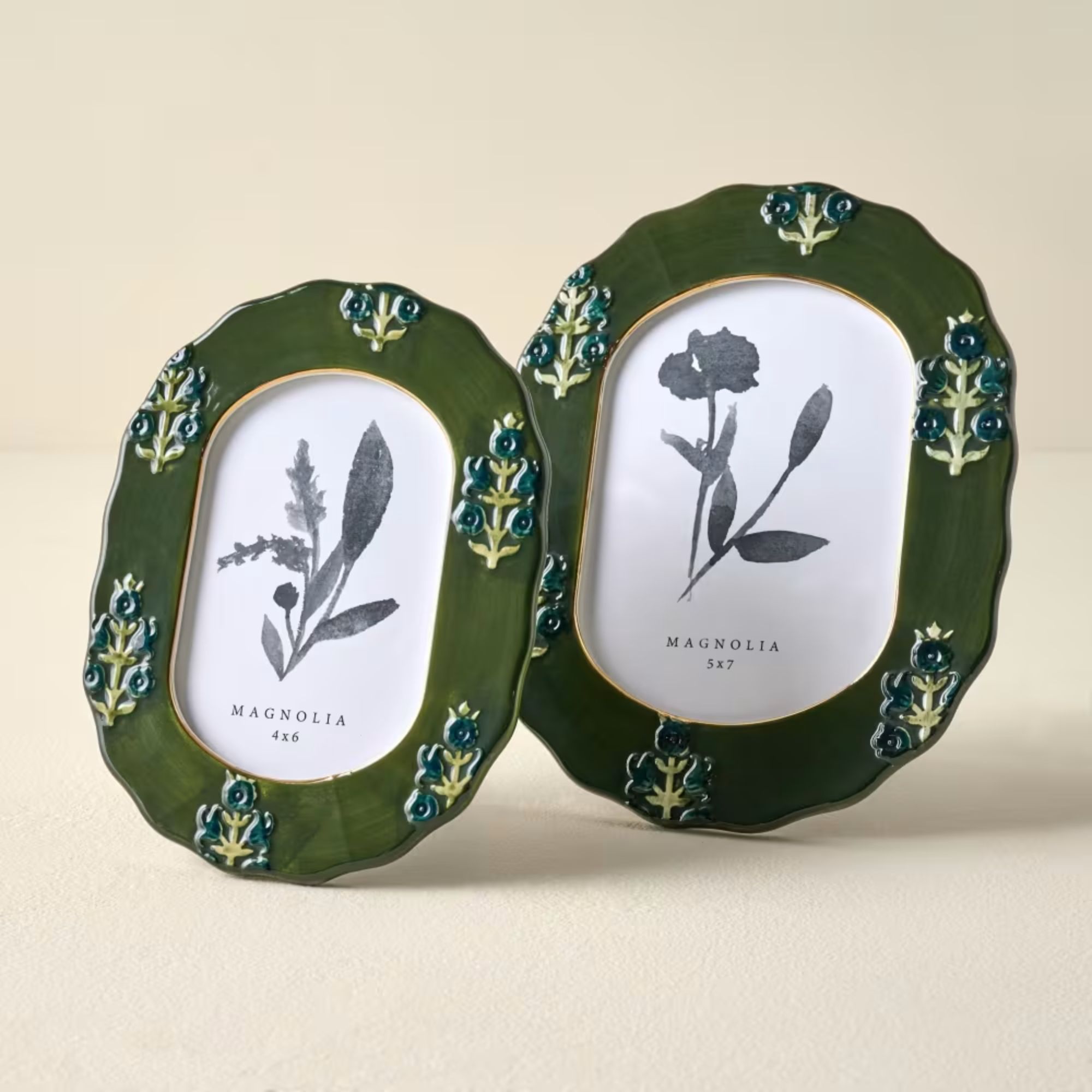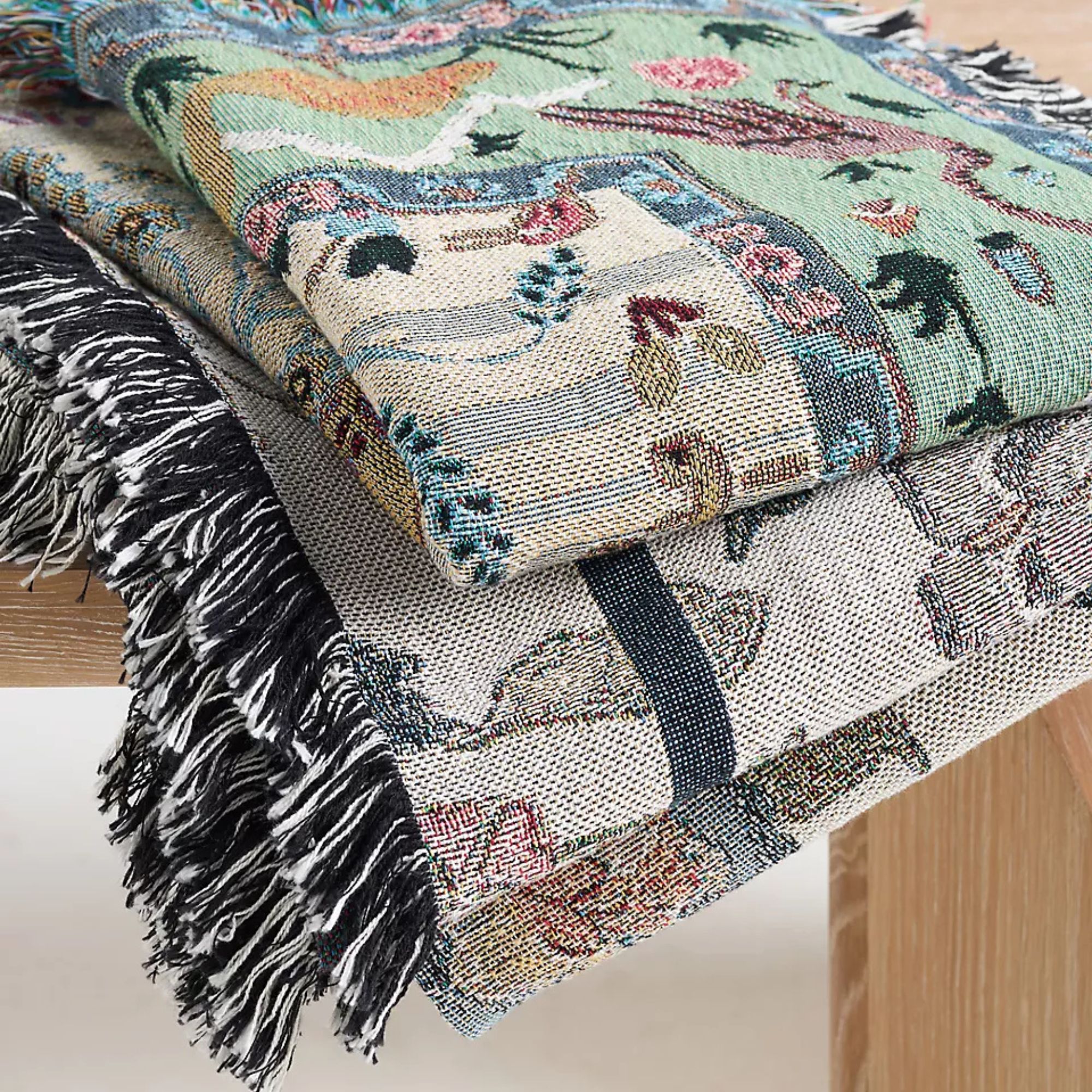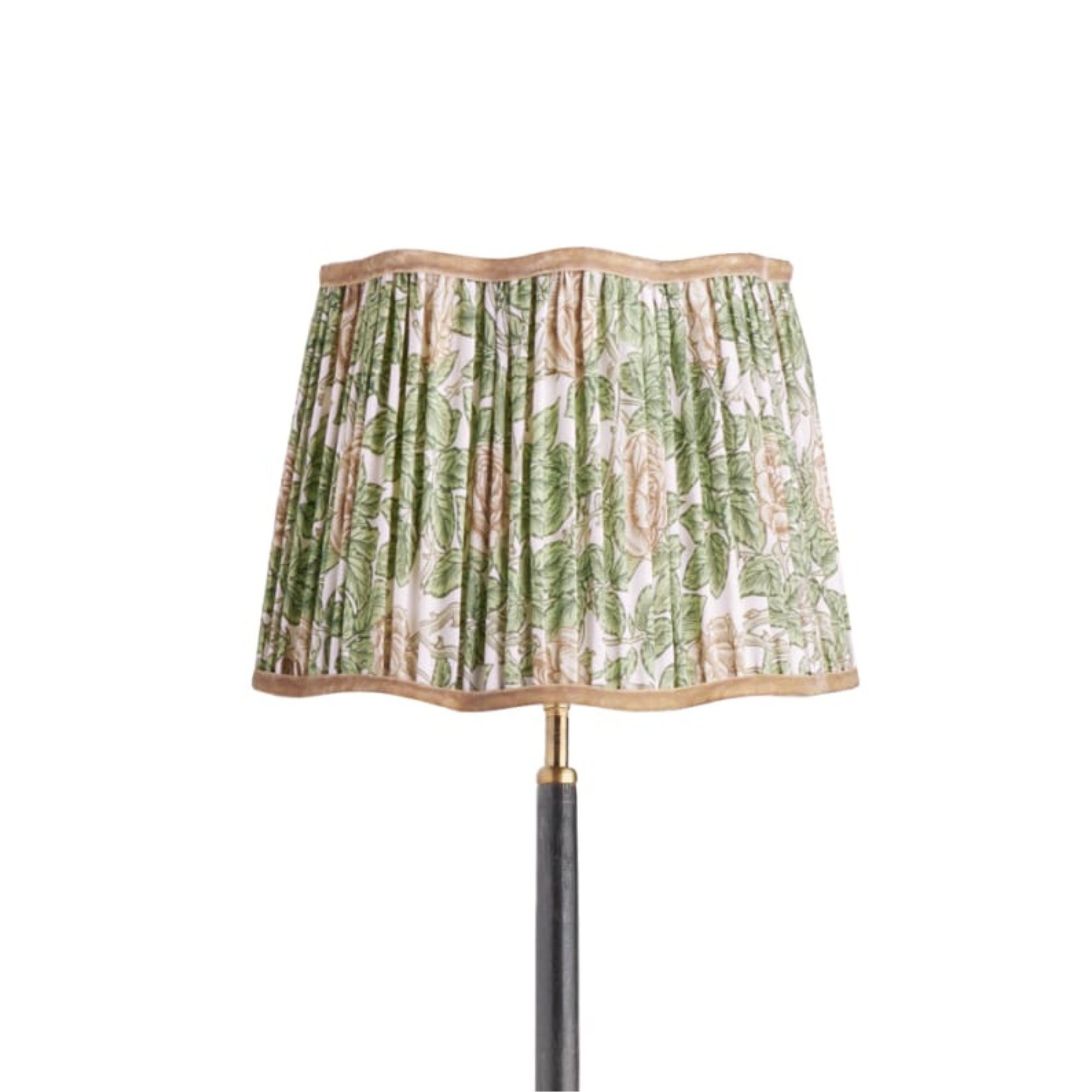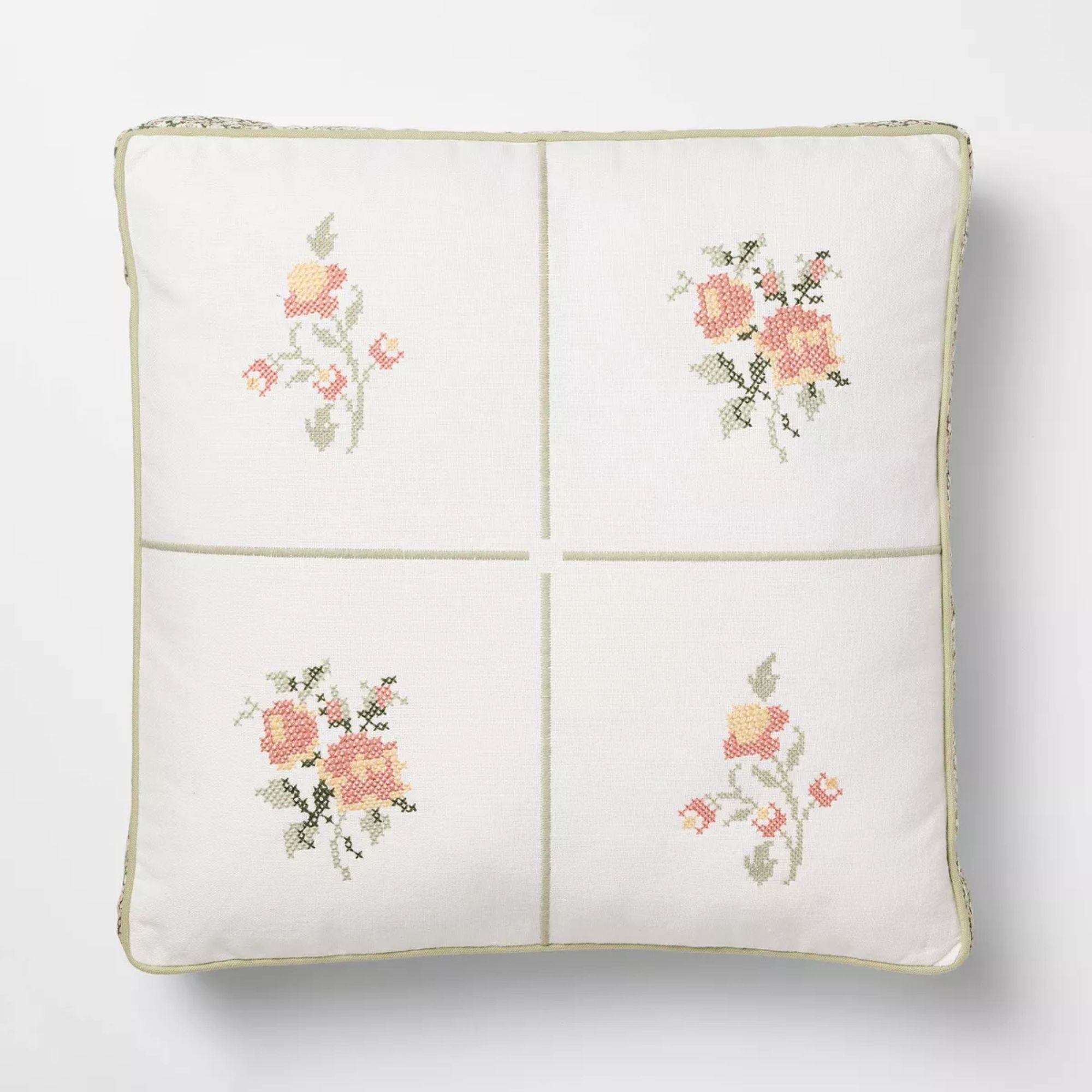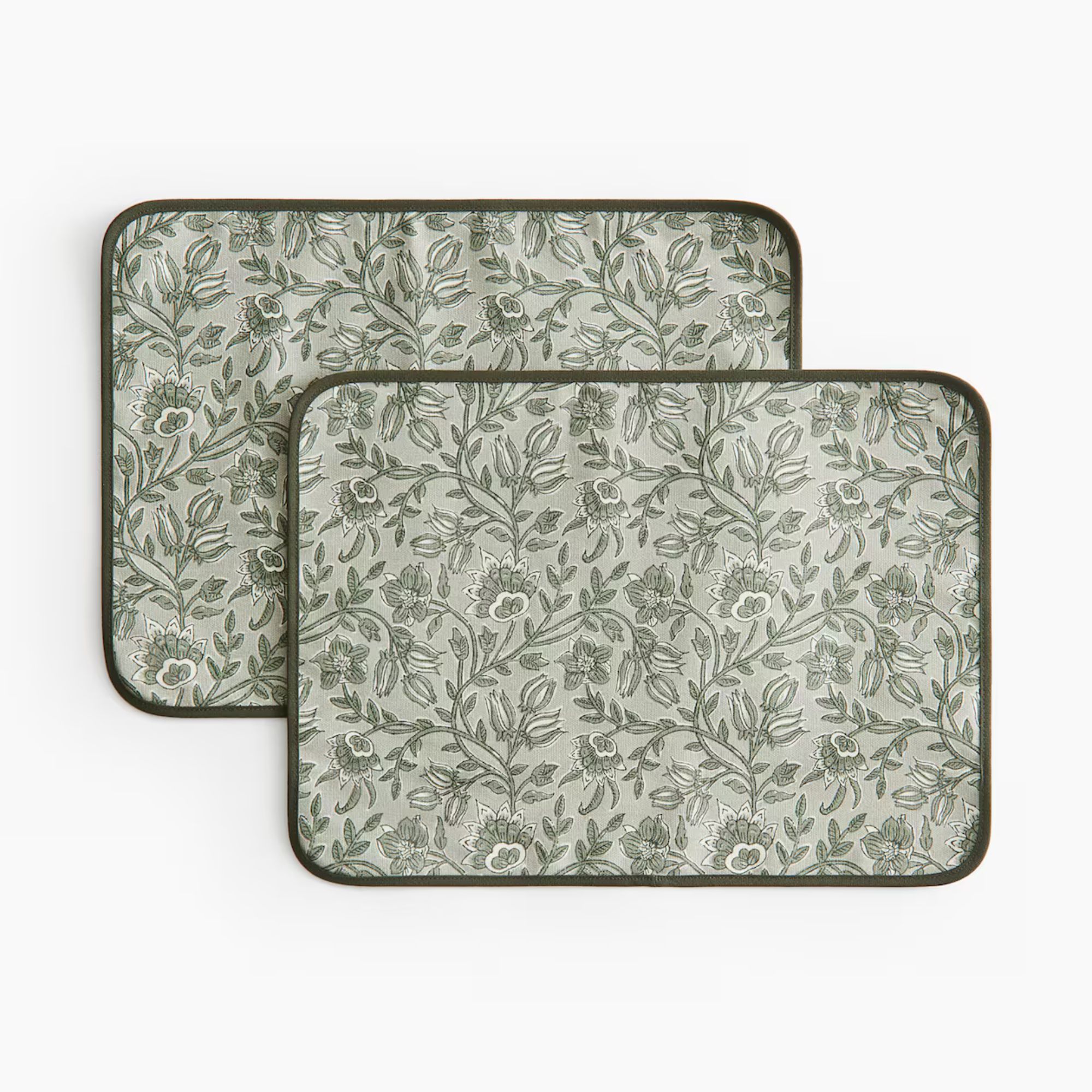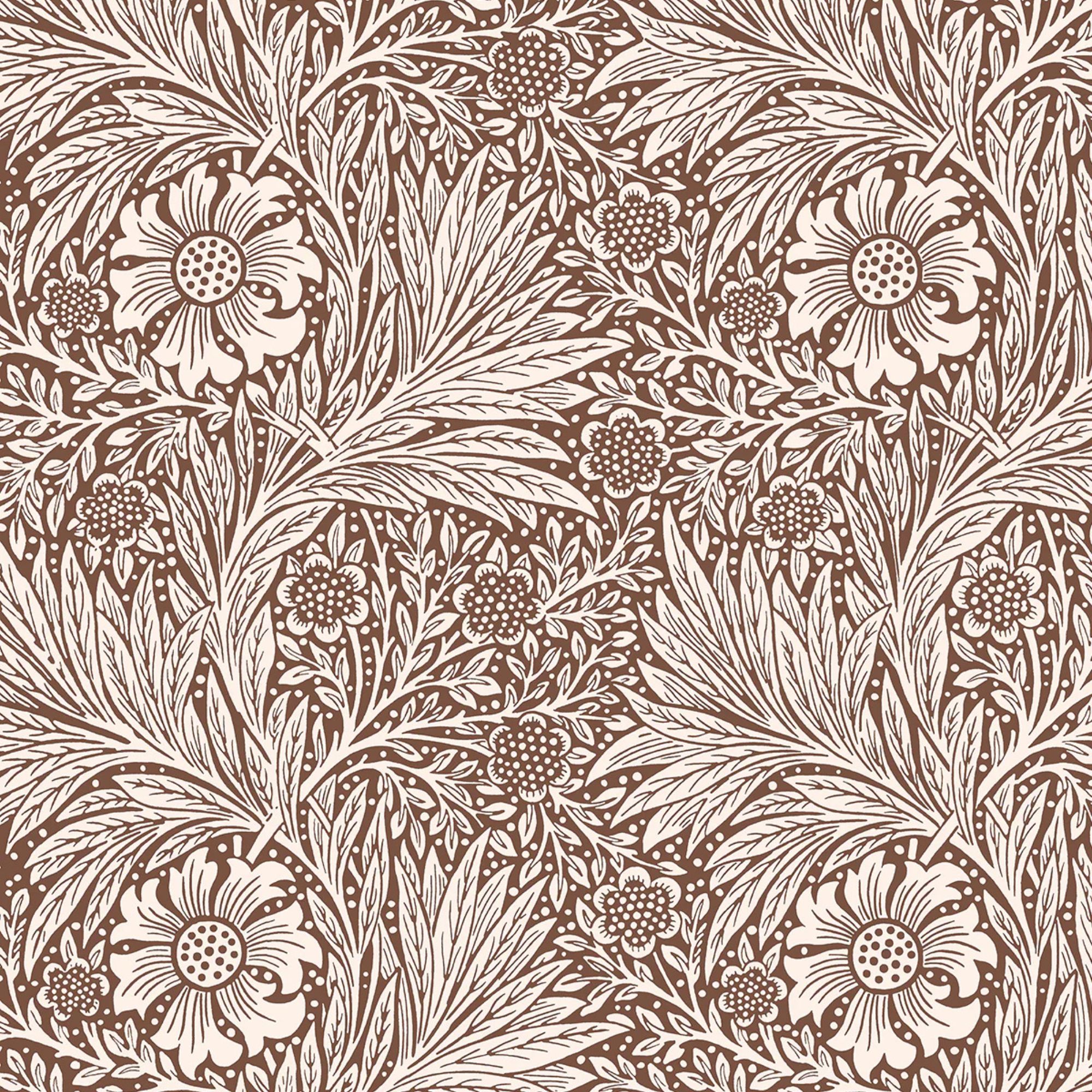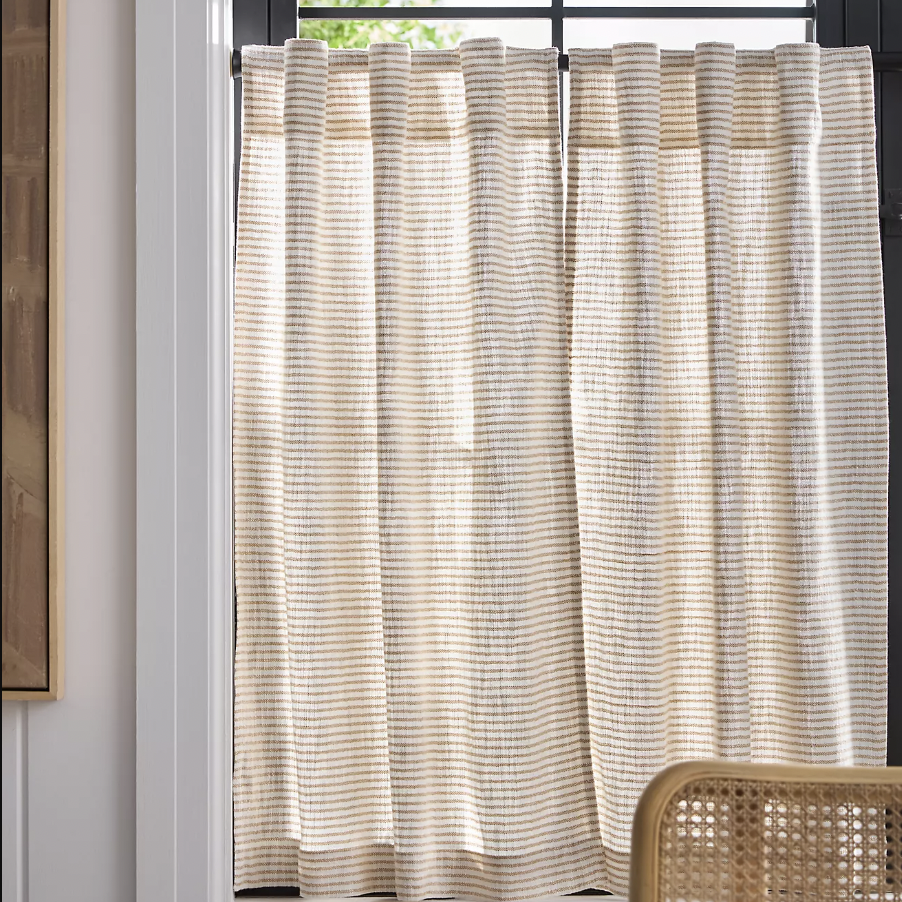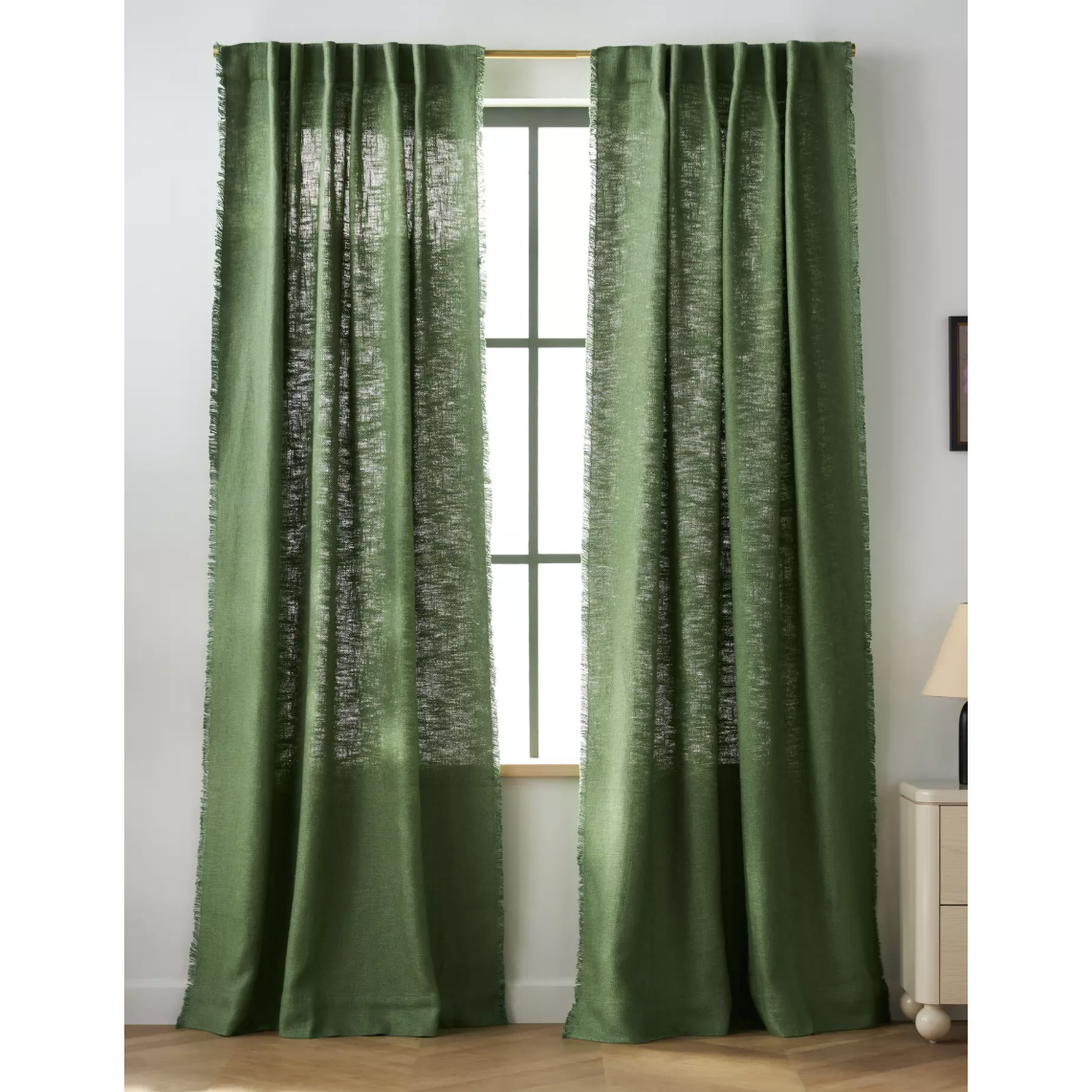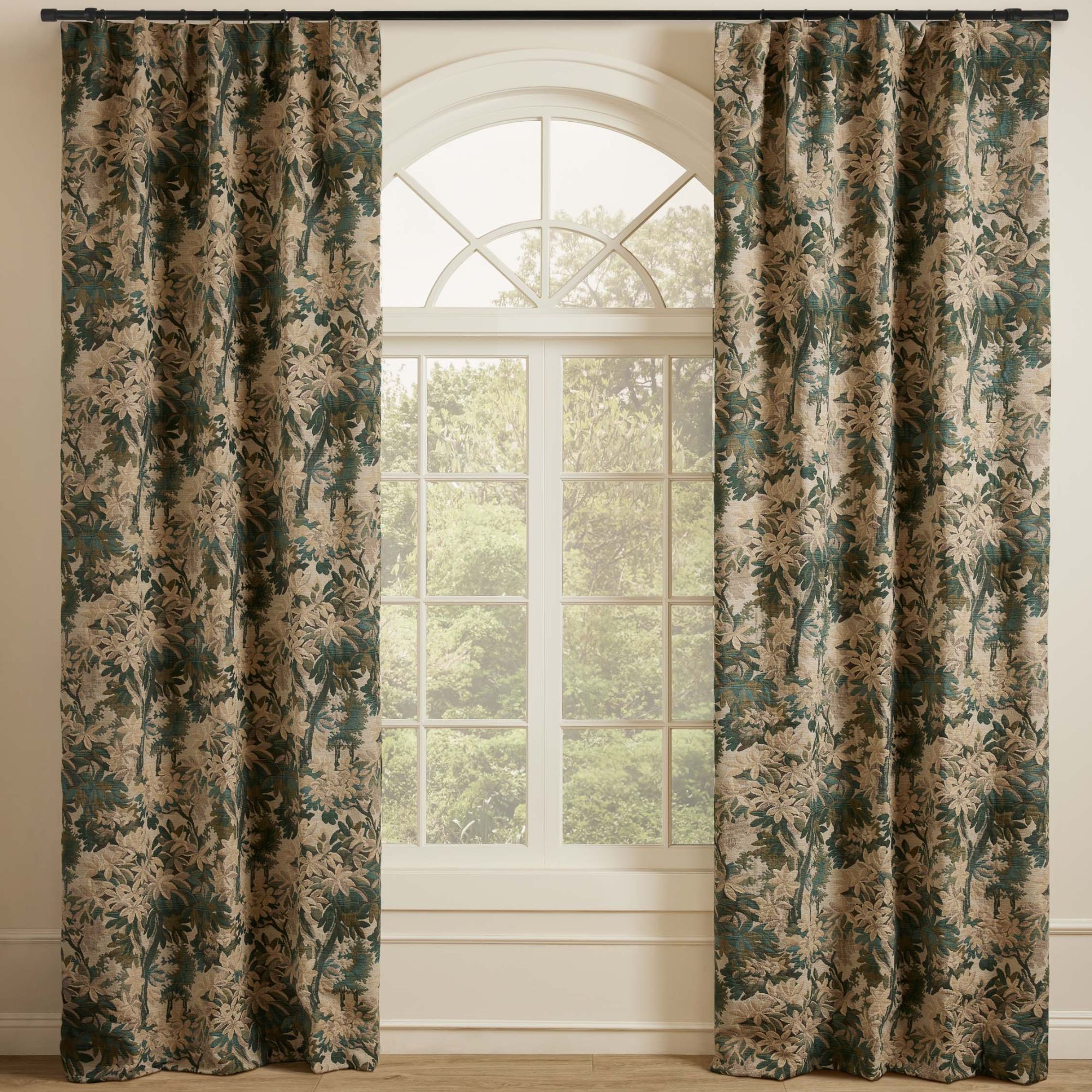9 lessons to learn from classic English country interiors – top British designers on how they create this timeless bucolic aesthetic
Top interior designers reveal their key tips for creating the quintessential English country look

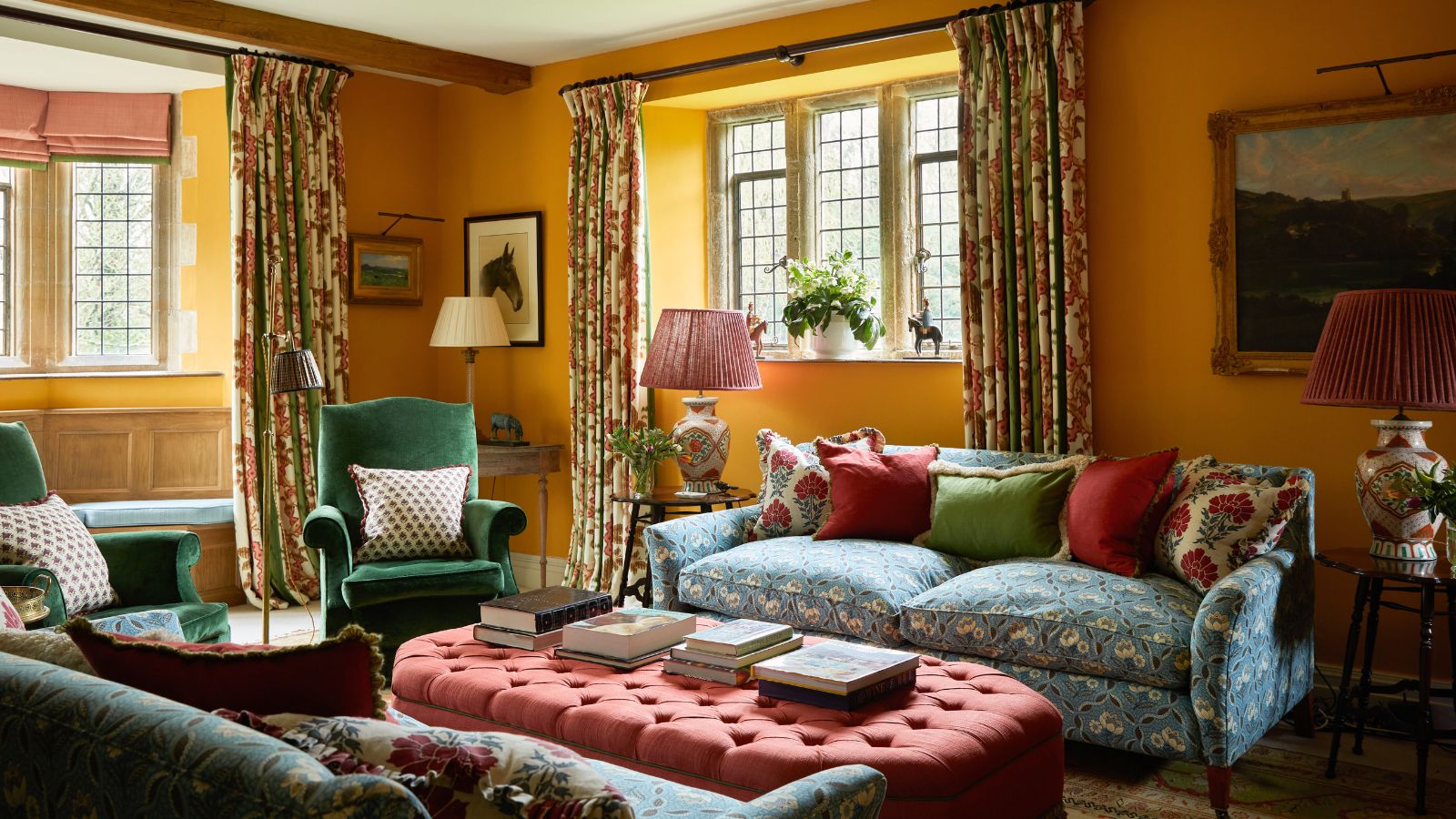
- 1. Mix old with new to create a lived-in look
- 2. Always incorporate antiques
- 3. Layering fabrics is key
- 4. Choose comfortable, timeless furniture
- 5. You can never have too many florals
- 6. Respect the architectural features
- 7. Don't be afraid of color
- 8. Don't forget the window treatments
- 9. Always include books
Few interior styles have enjoyed such longevity as the classic English country interior. It's such a coveted look across the globe, and one that many of us want to replicate, no matter where we live.
Characterized by a deep sense of comfort, an eclectic mix of traditional furnishings, and an abundance of layers and florals, English country interiors are warm, welcoming spaces designed to beautifully complement the traditional country homes and their natural surroundings.
While their roots lie in the 17th and 18th century estates of rural England, be it the grand homes or humble farmhouses, country decor continues to thrive. Indeed, today’s interior designers are still captivated by its timeless charm and seek to recreate the effortless elegance.
But what is it that makes this charming interior design style so enduringly popular, and what are the techniques designers use to emulate the aesthetic? To discover the key to nailing the look, we asked an array of top British designers what they love about English country decor and what lessons they’ve learnt, be they from looking at classic interiors of the past, or working on their own projects.
What are the key design lessons to learn from English country interiors?
Whether you're looking to recreate the English country look or just introduce small touches, these beautiful interiors and handy design lessons from across the pond are guaranteed to inspire. And if you are looking for a deep dive into what is English country style, we have covered all that in our dedicated feature.
1. Mix old with new to create a lived-in look
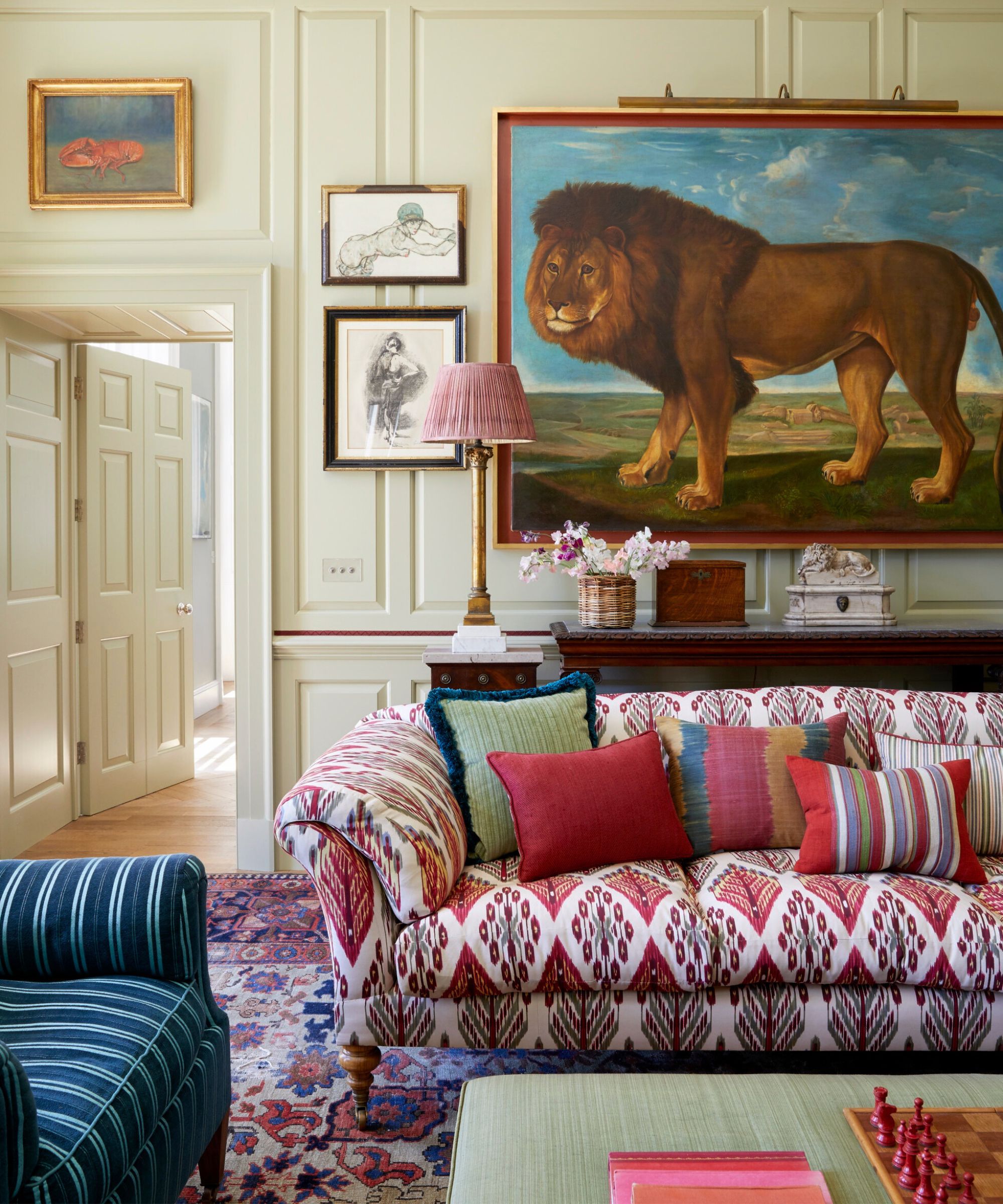
For many interior designers, the true beauty of the English country interior lies in its relaxed, lived-in feel. Far from stark, minimalist spaces, English country interiors appear as if they have evolved organically over time and are effortlessly comfortable and welcoming. To channel the look, don't be too precious or overthink things; mix up styles and don't worry about everything coordinating.
‘For me, the English country look is never about everything being perfect,’ says Henriette von Stockhausen, founder of VSP Interiors. ‘It should feel lived-in, layered, and full of stories, as though it’s been passed down through generations with each owner adding their own touch. To me, that means using antiques, rich textures, and a mix of patterns. like a quirky object or a pop of color, to prevent the space from feeling too predictable.’
Design expertise in your inbox – from inspiring decorating ideas and beautiful celebrity homes to practical gardening advice and shopping round-ups.
In this living room, Henriette has used a beautiful antique rug, lots of patterned textiles, and deep, sink-in seating, ‘that invites you to stay', while the lobster and lion artwork add an element of fun.
2. Always incorporate antiques
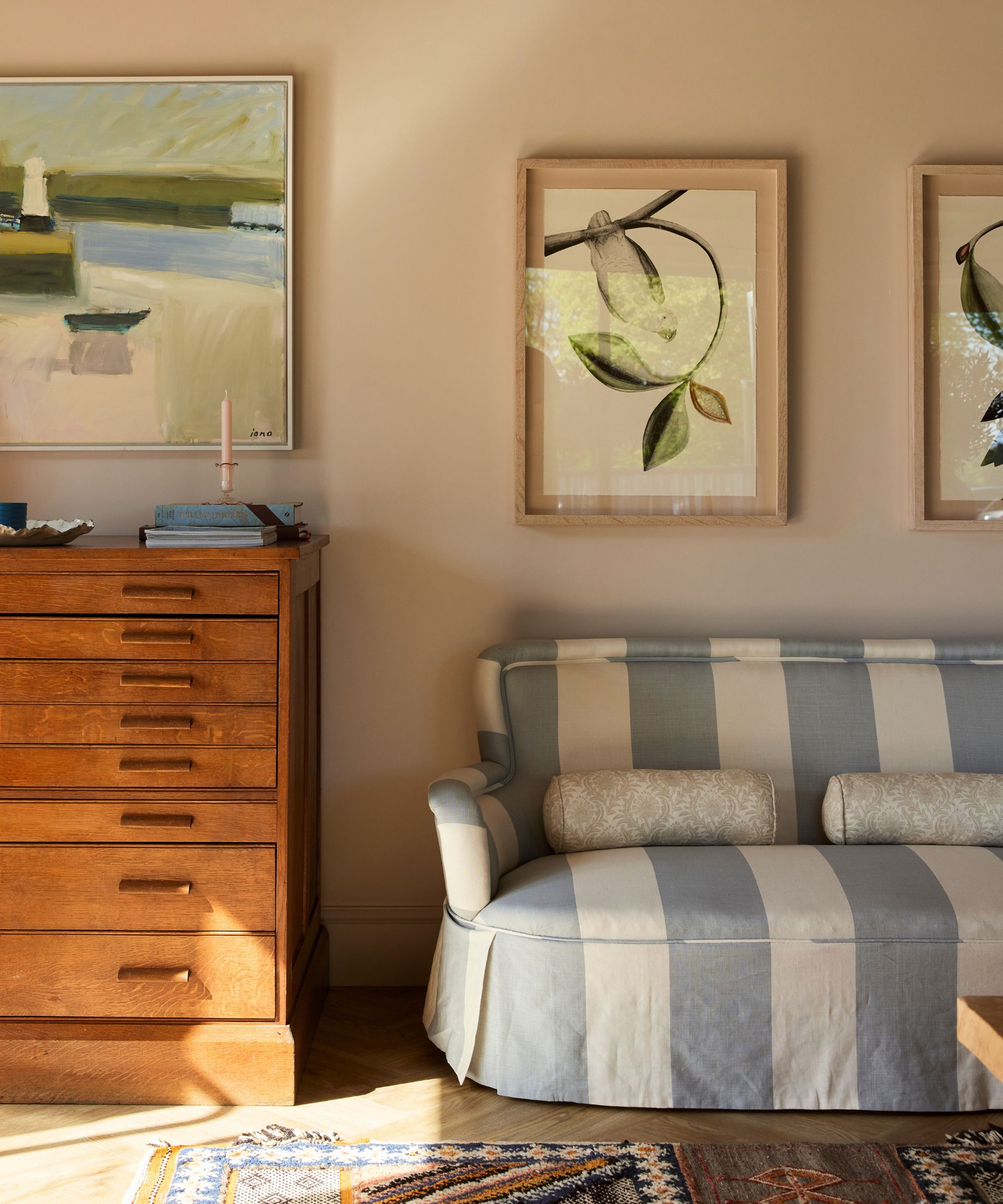
When capturing the English country aesthetic, decorating with antiques is a must, as it instantly brings a feeling of longevity and heritage to the space, designers say.
'I try to incorporate antiques into my designs wherever possible. Antiques and vintage pieces are a rich source of history and give a sense of heritage and craftsmanship to a room,' says Lucy Marsh, founder of Lucy Marsh Interiors.
'We are often asked by clients to revive and restore favorite pieces. These could be family heirlooms with high financial value, or they could be personal pieces, of less financial value, but of huge personal importance.'
‘When sourcing furniture, I wholeheartedly recommend going for antiques or vintage finds; it might take a bit more time, but it’s so satisfying to breathe new life into something old,’ adds Cinny Aumonier, interior designer and founder of Cinny.
To nail the look, the key is to combine old with new, she says. ‘For example, a deep, comfy armchair paired with a well-worn wooden side table or a cozy sofa with a frilly skirt that looks like it’s been there for years. The idea is that your furniture has a story, so don’t shy away from a bit of wear and tear, it adds to the charm.'
3. Layering fabrics is key
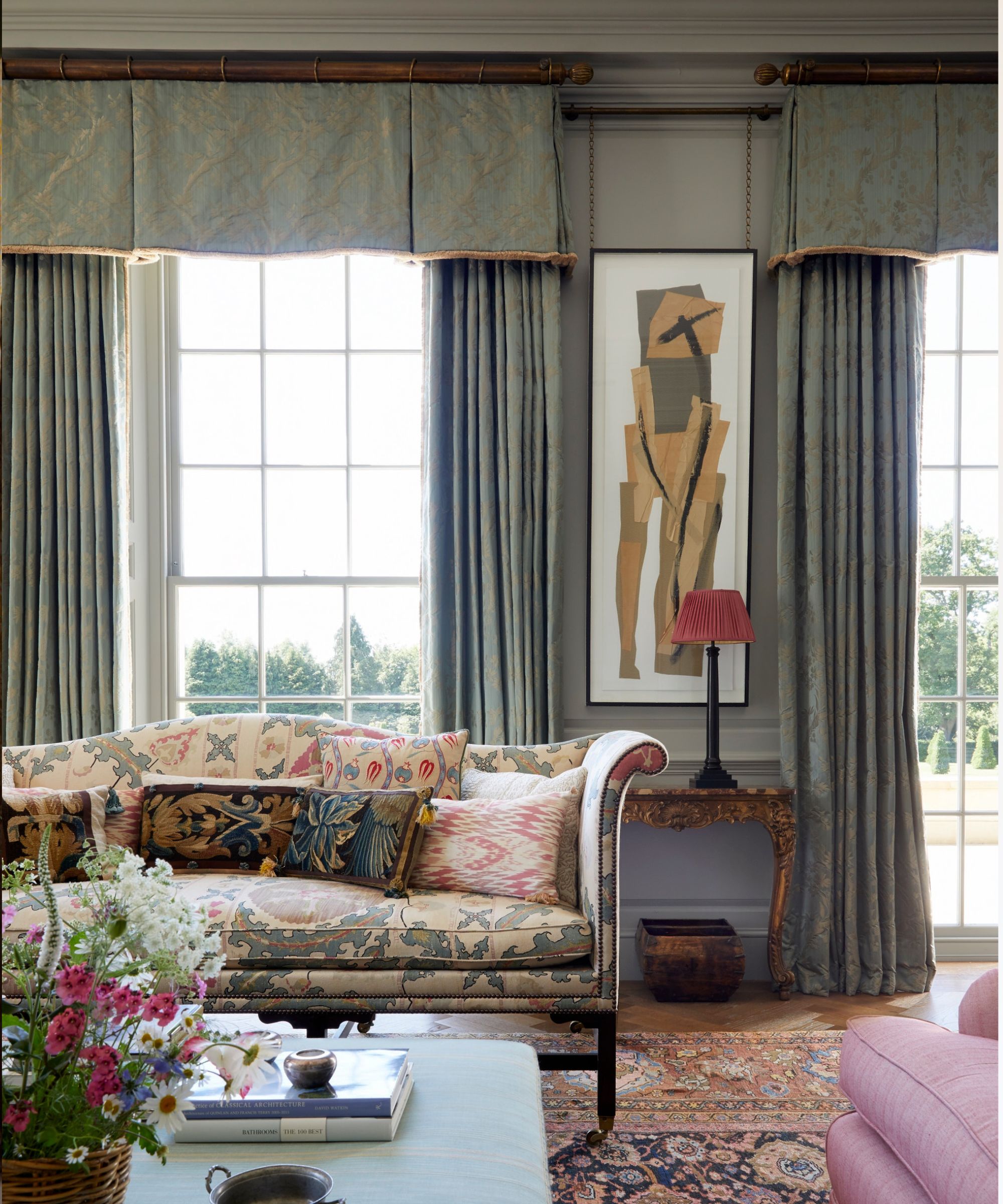
Many interior designers will attest that when it comes to the English country look, you can never have too many fabrics; in this case, more is more.
Introduce fabrics through your curtain ideas, skirted furniture, and fabric headboards, choosing a variety of prints in different scales to help conjure that warm, characterful feel of a grand country home. ‘Let the curtains be full, choose gathered silk lampshades for a soft, warm glow, and don’t forget the details like trims, braids, and little flourishes,’ says Henriette Von Stockhausen.
In addition, consider adding vintage textiles, as these will help add to the richness and the history of the interior, bringing an eccentric touch.
'I love the traditional English country house style – lots of print with layered pattern and color,' says Caroline Inchyra. 'But perhaps throw in something a bit bohemian, maybe a kilim, Indian embroidery or a fur rug, which helps to relax the scheme and make it look very natural.'
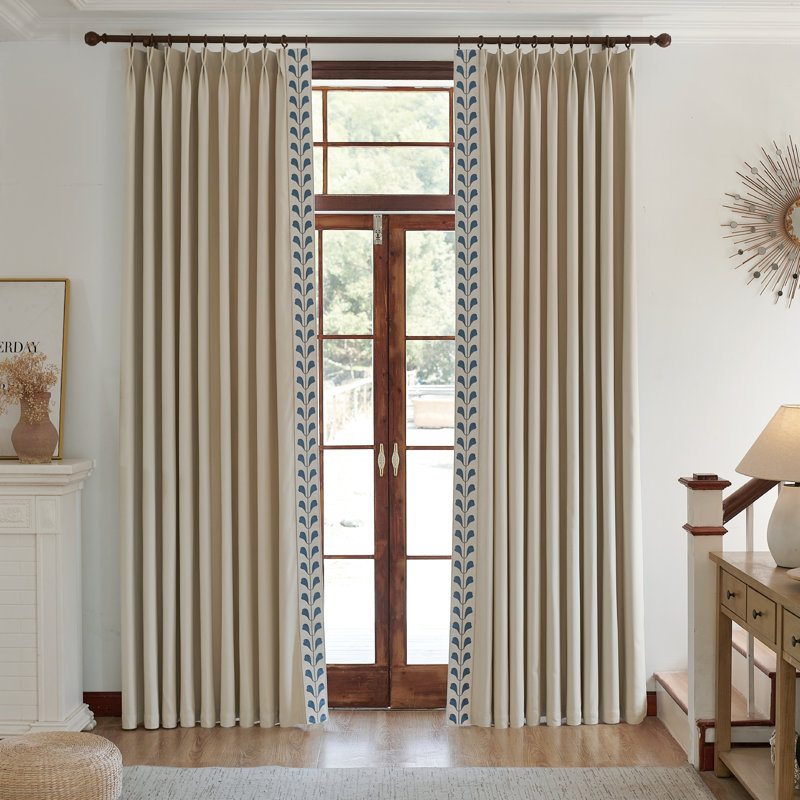
Add some extra interest with your drapes by choosing a design that has a bit of a contrasting trim. This is a big curtain trend right now, but also a timeless way to bring in a touch of color and pattern
4. Choose comfortable, timeless furniture
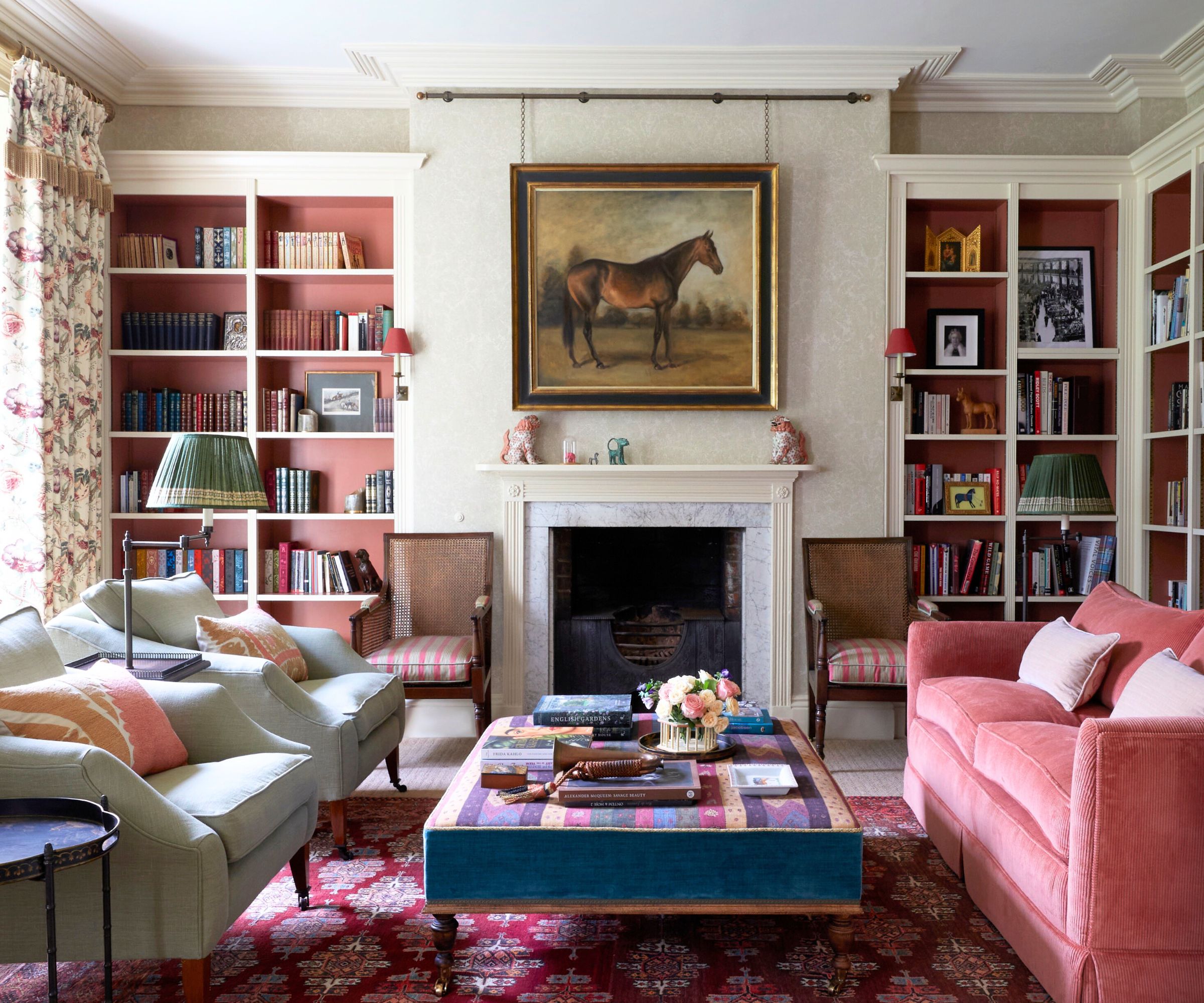
Comfort and elegance are at the heart of the English country look, so opting for well-crafted traditional furniture that will endure across the years is a good place to start. Think loose-cushioned Howard-style sofas or classic button-back chesterfields teamed with classic curvaceous sink-in armchairs and Parker Knoll wingbacks.
‘To achieve this look, begin with a foundation of well-crafted furniture,’ says Emma Sims-Hilditch, founder of Sims Hilditch. 'Then layer in soft furnishings, artwork, and collected treasures to create a space rich in depth, warmth, and everyday functionality.’
‘Comfort comes first, always, but how you arrange things makes all the difference,’ adds Henriette Von Stockhausen. In a living room, embrace symmetry for a classic feel, but add in touches of asymmetry to keep it relaxed, she suggests. In this sitting room, Henriette opted for classic David Seyfried pieces, 'because the proportions are so elegant.'
'We kept a sense of balance by flanking the fireplace with matching pieces, a nod to traditional symmetry, but softened things with relaxed touches like slightly slouchy cushions and an informal tray on the ottoman.’
‘Texture plays a huge role too. The velvet, the worn wooden tray, the nubbly weave of the upholstery, and the crisp floral linen curtains with their bullion fringe all help to create not just visual interest in this room, but a tactile sense of comfort and luxury.'
5. You can never have too many florals
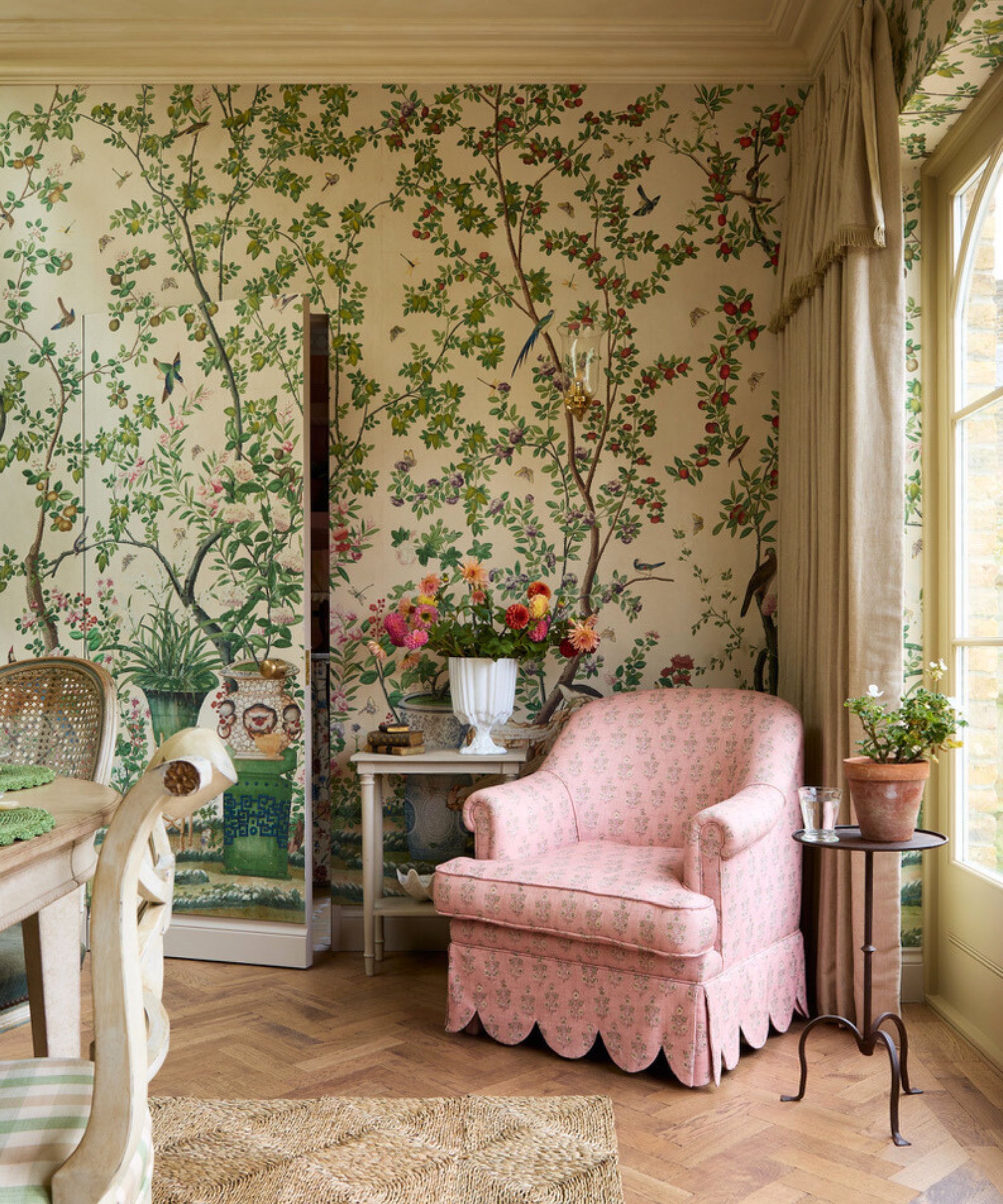
Florals are synonymous with the English country look. Whether traditional Indiennes, chintzy florals, or elegant Chinoiserie, these ornate and decorative fabrics and wallpapers instantly conjure the elegance and romance of traditional rural English homes and are perfect for bringing the beauty of the countryside in.
'Chintzy interiors don’t have to feel old-fashioned, when layered with care, they’re full of character and charm,' says interior designer Laura Stephens. 'In this floral room, I wanted to celebrate the joy of traditional English decorating using hand-blocked florals, soft ruffled lampshades, painted cabinetry, and lots of layered patterns. The wallpaper, with its delicate branches and birds, has a chintzy spirit even though it’s a mural.'
‘Even if you're not a floral fan, I think English and French floral chintz deserves a place somewhere. It could be as little as a cushion or as much as a pair of armchairs,’ adds Cinny Aumonier. ‘Pair them with gingham or stripes as these work so well with florals and the English country style.’
6. Respect the architectural features
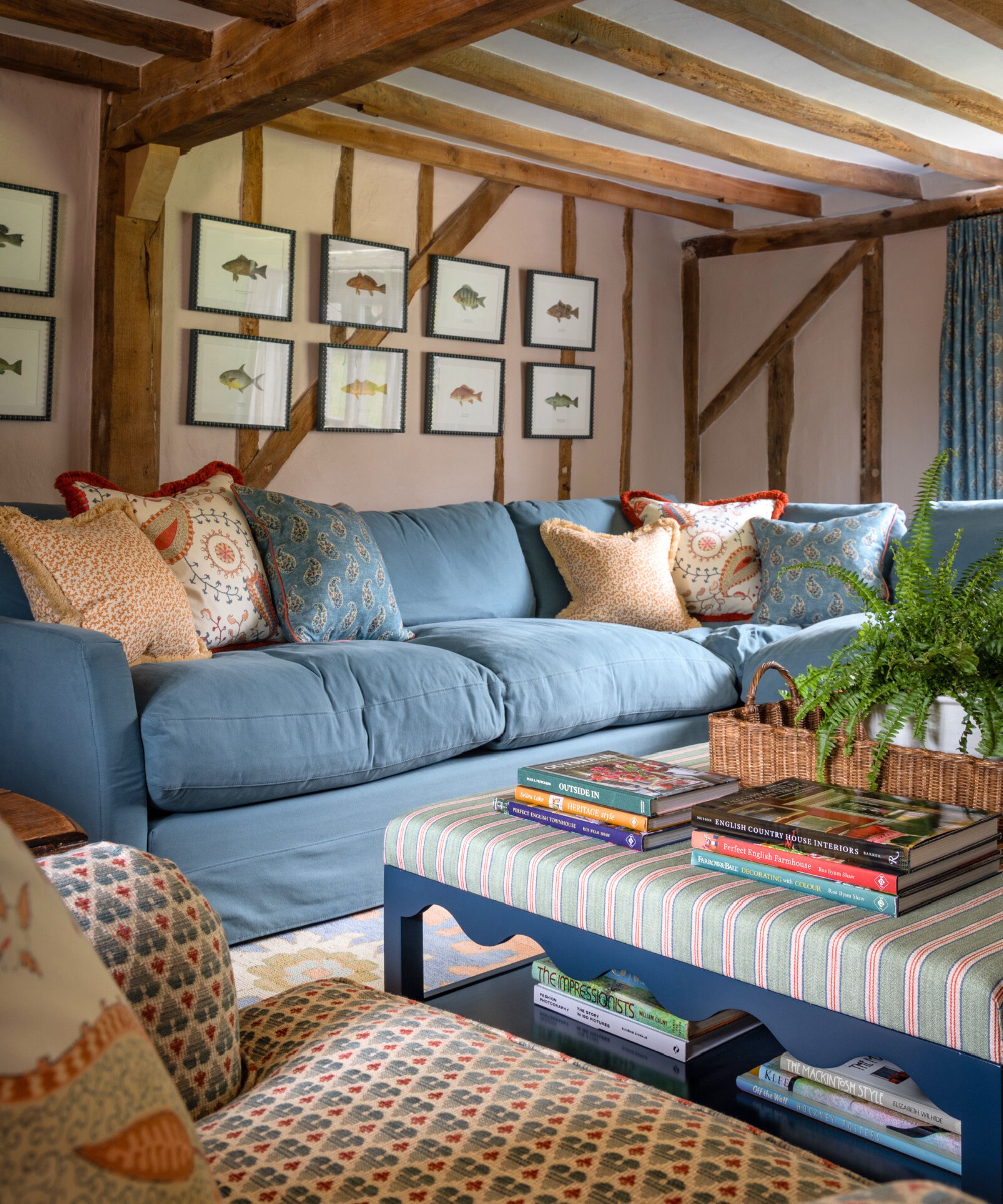
Traditional English country homes are awash with beautiful architectural features, and it’s these that give spaces their unique charm. Whether it’s the rustic beams of country cottages or grand windows and fireplaces of stately homes, these prized features are integral to the overall character of the property. Whenever interior designers in England are working on period properties, most seek to preserve and celebrate these features as part of the design.
‘Respecting the architectural features of the space is key,’ says Cotswold-based interior designer Lauren Gilberthorpe, who has worked on a wide range of historic properties. ‘Covering up or altering the original elements of the building – like exposed beams, stonework, or uneven floors – can strip away the home’s character. Replacing original features can leave the space feeling sterile and disconnected from its roots,’ she warns.
‘In cottages with original beams, I prefer to let these architectural features shine,' adds the interior designer Sean Symington. 'To achieve this, I keep the palette soft and pared back. This approach allows the beams to take center stage, creating a warm and grounded atmosphere that honors the building’s history and charm.'
7. Don't be afraid of color
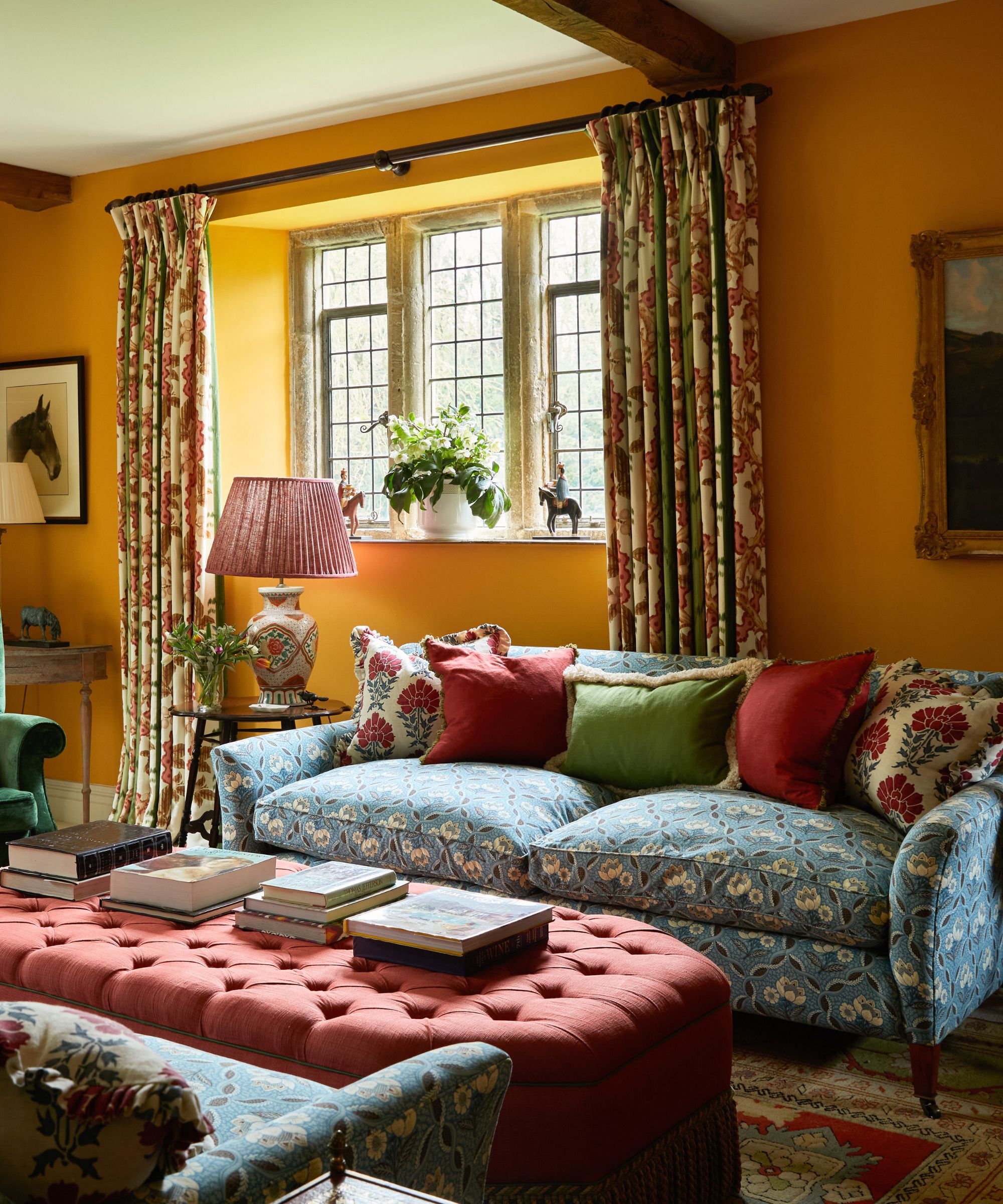
While muted colors inspired by nature do work wonderfully in English country homes, and are often a go-to, there’s no reason you can’t be bold with color, in fact, this is a wonderful way to inject a touch of English eccentricity, as demonstrated in this interior by Octavia Dickinson.
‘Color brings such joy and warmth to a space, especially in the countryside where the seasons change so dramatically,’ explains Octavia. ‘We used a rich saffron yellow on the walls to anchor the room and create an enveloping glow, even on the gloomiest winter day. It sets off the cool tones of the blue sofas beautifully, along with the deep reds in the lampshades.'
The key to creating colorful rooms is to ‘balance strong colors with natural materials and classic patterns, nothing should feel too polished,’ advises Octavia. ‘English country houses are all about ease and personality, so trust your instincts and choose colors that make you feel at home.’
8. Don't forget the window treatments
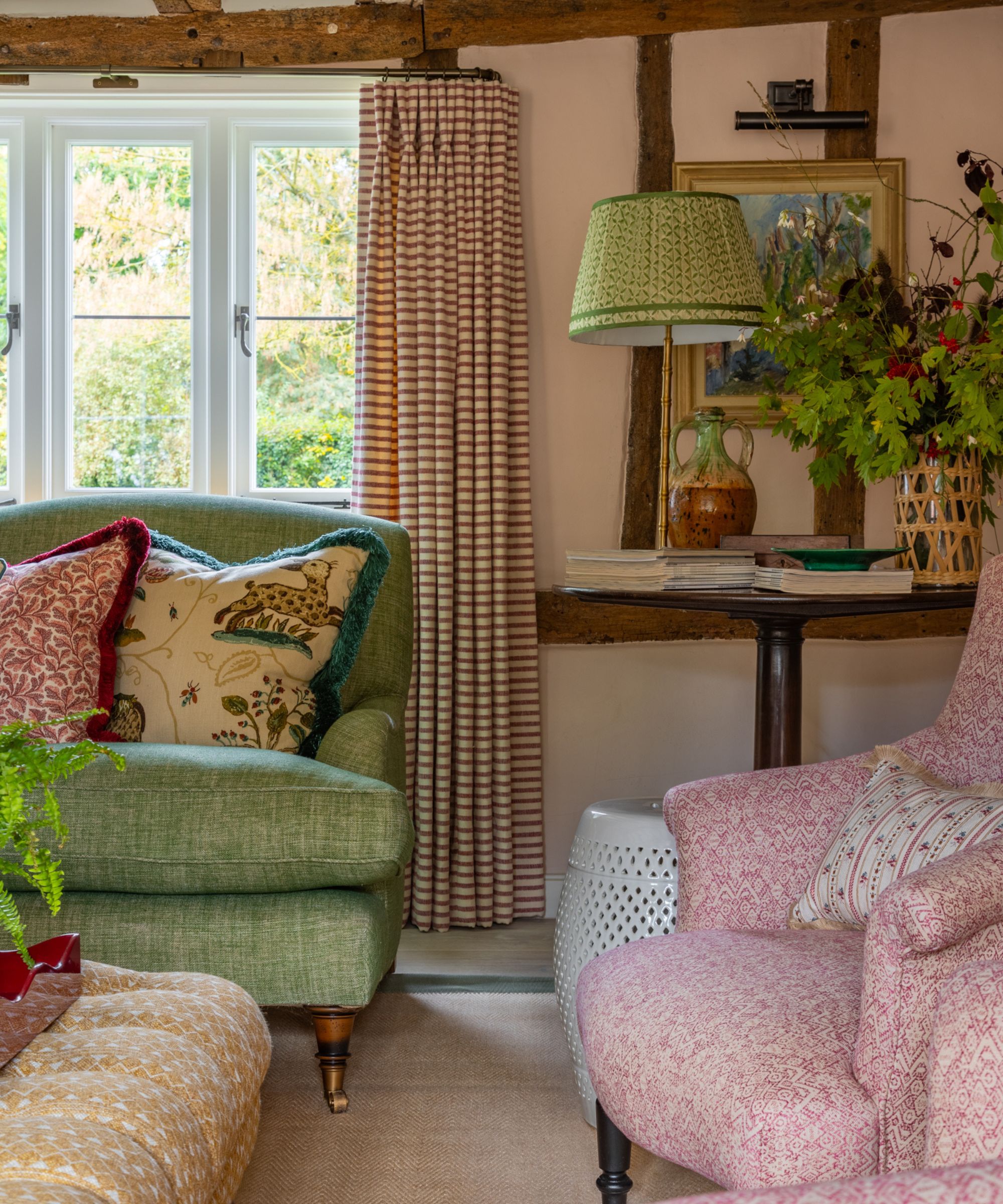
English country interiors are all about coziness and comfort, so when it comes to window treatments, curtain ideas are the perfect choice, as they enhance this feeling of softness and warmth.
Curtains are also a fabulous way to introduce extra color and pattern so abundant in English country interiors. When choosing curtains, pay attention to the architecture in the room and make sure the designs and patterns balance nicely with the other prints and colors in the room.
For grand country homes, consider ‘full-length curtains in luxurious fabrics to add a sense of elegance and scale to the room,’ suggests Sean Symington. ‘Incorporating a structured pelmet can introduce definition and detail, especially in rooms with tall ceilings.’
‘When I'm designing cottages, I tend to gravitate toward window treatments that feel relaxed and unfussy while still having character and charm,' he continues. 'Cottage pleat curtains are a go-to for me as they create this beautiful, gentle gathering at the top that feels handmade and intentional without being too formal.'
‘I'm also a fan of relaxed or tied roman blinds for cottage decor. A relaxed roman blind has this gorgeous swoop that creates movement and softness. The tied roman blinds take this charming casualness even further and add visual interest.’
When it comes to the choice between patterned and plain fabrics depends on the overall scheme, explains Sean. ‘Patterned curtains can anchor an otherwise neutral space, while plain fabrics allow period detailing or statement furniture to take center stage.’
9. Always include books
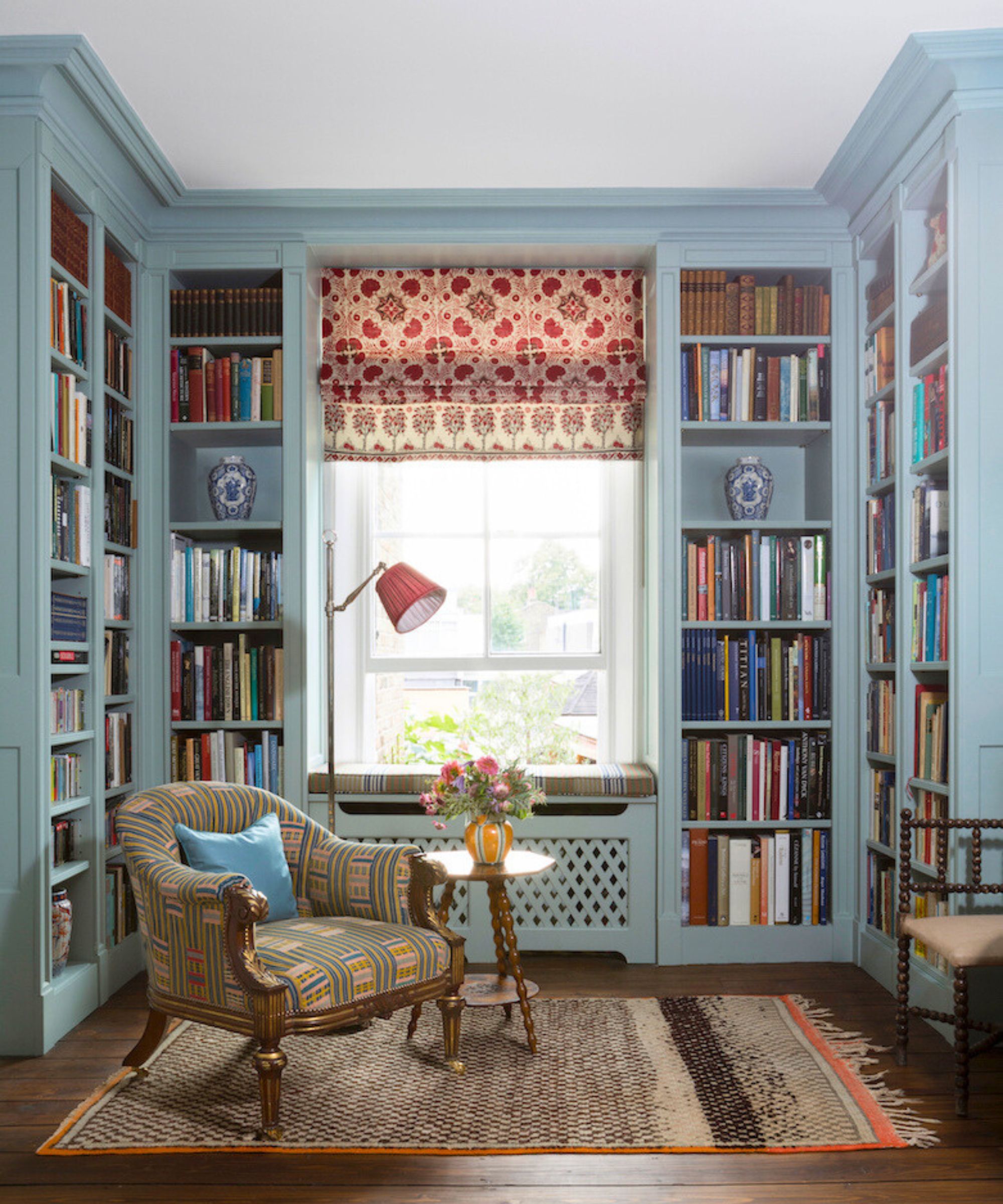
There’s something about a room filled floor to ceiling with books that instantly makes you feel at home. Reminiscent of library rooms in stately country homes, bookcase-clad walls are enchanting, cocooning, and cozy. Even when they’re not used wall to wall, decorating with books can still help lend that lived-in look, whether piled on a coffee table or in alcoves beside a fireplace. Alternatively, why not create a little reading nook within a larger space?
‘Books are such an important part of a home, we love using them in our projects. Not only do they make a space feel lived in, but are a great way to insert pops of color in a room,’ says interior designer, Kate Guinness.
‘The best way to ensure books will look good, regardless of whether you've organised them or not, is by sourcing the most attractive copies you can. Creating a picture-perfect bookcase is certainly an art, arranging them by color looks good whilst ensuring you don’t pack too much in when combining them with other objects.'
With a wealth of inspiring examples available, there’s a lot to learn from English country interiors, from approaches to layering prints to respecting period features, but what captivates designers most is their ability to effortlessly combine an array of different styles and remain stylish and relevant across the years.
‘I think you subconsciously filter and pick up bits and pieces almost without realizing, the look can’t look contrived and that's what makes this style so classic in feel and so easy to live with,’ says Caroline Inchyra. 'The look as a whole doesn’t date, but it is always refreshing to update with a new fabric on a chair, for example.'
Essentially, the English country look thrives on its spirited mix of furniture styles and abundance of prints and colors. While there are some common characteristics, ultimately, there is no blueprint, so remember not to overthink it and have fun.
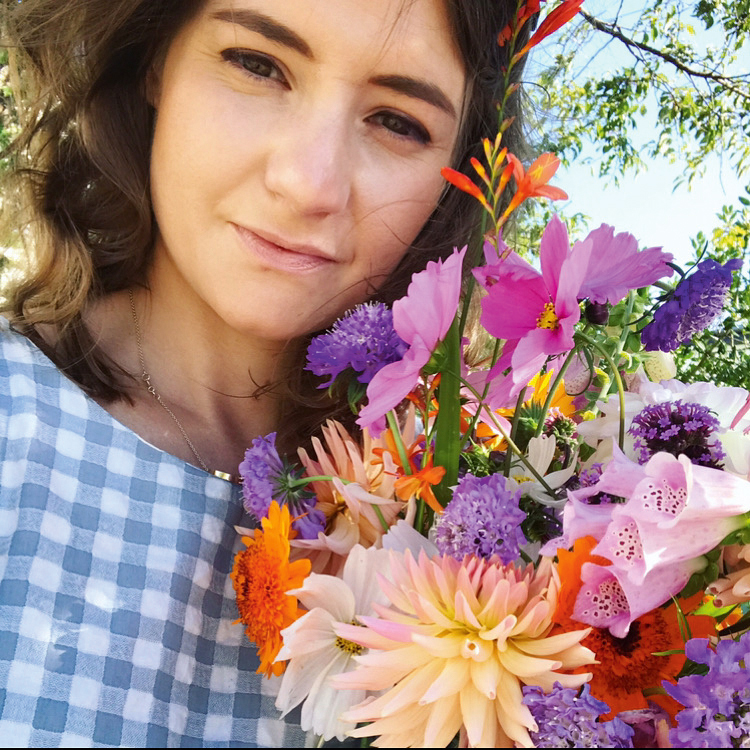
Pippa is a contributor to Homes & Gardens. A graduate of Art History and formerly Style Editor at Period Living, she is passionate about architecture, creating decorating content, interior styling and writing about craft and historic homes. She enjoys searching out beautiful images and the latest trends to share with the Homes & Gardens audience. A keen gardener, when she’s not writing, you’ll find her growing flowers on her yard for styling projects.
